Beginner’s Guide to Car Maintenance and Repair : Step-by-Step Guide
It’s a great responsibility to own a car, and maintaining it in good shape requires routine maintenance. Maintaining your car properly not only increases its lifespan but also increases your safety when driving. The idea of car maintenance, though, might be overwhelming if you are new to car ownership. There are a lot of things you need to do to keep your automobile operating properly, from checking your oil level to changing your air filter. We will go over some fundamental advice and techniques in this auto maintenance beginner’s guide to help you take good care of your vehicle and develop into a responsible vehicle owner.
https://youtu.be/fniARpebf1s
1. Examine Your Oil Frequently

The oil in your engine is essential to maintaining your car in good working order. It lubricates the engine’s moving parts, lowers friction, and guards against excessive wear and tear. Regularly, at least once per month, check the oil level in your automobile and top it off as necessary. Place your car in a level parking space, let the engine cool, and then remove the dipstick to check the oil level. Check the oil level after cleaning it with a cloth, and inserting it once more. Follow the manufacturer’s advice and add more oil if it is below the required amount.
2. Oil And Oil Filter Changes
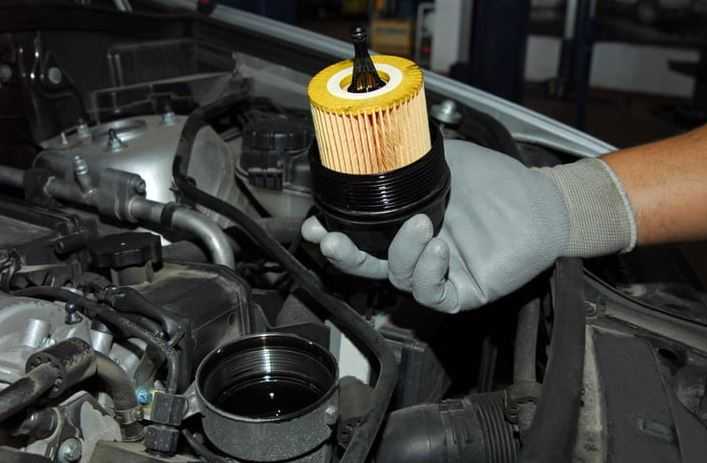
Pay attention to the viscosity and color of the oil in addition to the oil level. If it smells burned, is dirty and black, or both, it needs to have its oil changed. How frequently you should change the oil in your automobile depends on the brand, model, and type of oil you use. Normally, you should change the oil and oil filter every 3,000 to 5,000 miles, or every six months, whichever comes first.
3. Examine Your Tyres
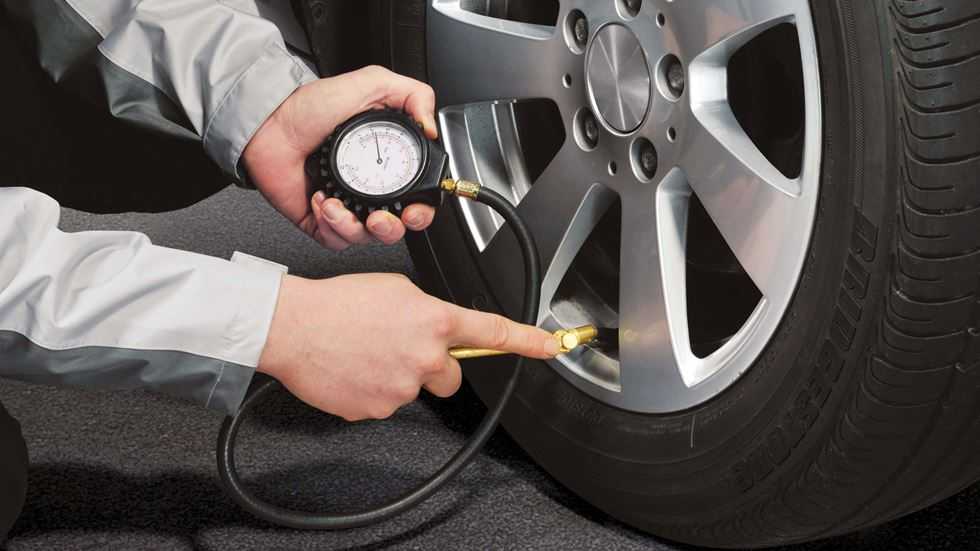
Your car’s only point of contact with the road is its tyres. For performance and safety, it’s crucial to maintain their health. Make sure your tyres are inflated to the recommended level by periodically checking their pressure, at least once per month. The recommended tyre pressure is listed on the sidewall of the tyre or in the owner’s manual for your car. Additionally, look for any evidence of damage on your tyres, such as bulges, cuts, or punctures, and replace them as necessary.
4. Tyre Rotation

To guarantee even wear and increase their lifespan, rotating your tyres involves moving them from one position to another. Every 6,000 to 8,000 miles or as recommended by your car’s manufacturer, you should rotate your tyres. Rotating the tyres can help spread wear more evenly and ultimately save you money because the front tyres wear differently than the rear tyres.
5. Verify Your Brakes
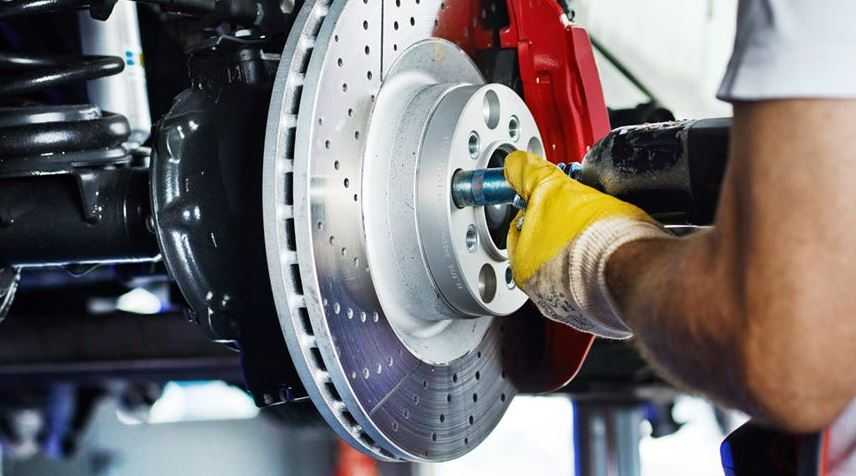
The brakes on your car are essential for safety. Check the brake pads and rotors frequently to ensure they are in good operating order. At least 3mm thick brake pads are recommended, and rotors should be free of any significant fractures or grooves. Additionally, keep an ear out for any strange brake-related noises, such as squeaking, grinding, or vibrating, and, if required, have a mechanic check them out.
6. Replace The Air Filter
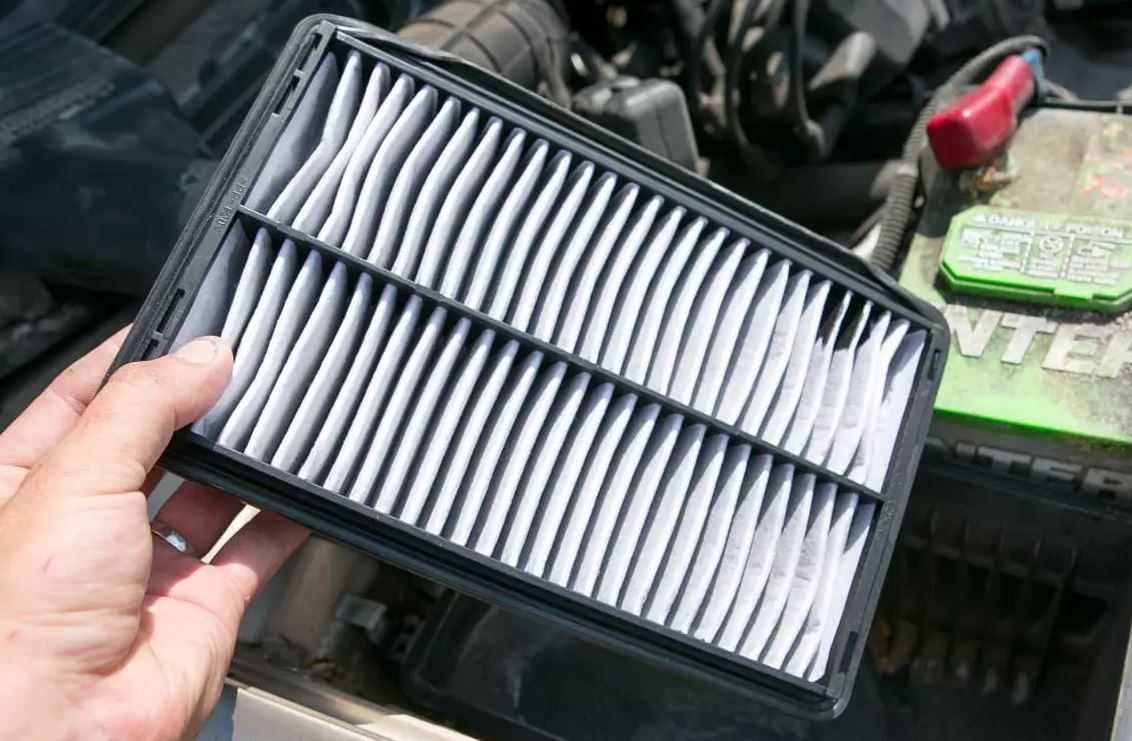
The air filter in your car helps prevent dirt and other debris from getting into the engine and lowers emissions. Your car’s performance may suffer if the air filter gets blocked over time. Every 12,000 to 15,000 miles or as recommended by your car’s manufacturer, check your air filter and replace it.
7. Examine Your Battery

The battery in your car powers the electrical parts as well as starts the engine. Look for rust or lose connections on the battery terminals, and clean them if necessary. Additionally, regularly check the battery to make sure it is keeping a charge and replace it if necessary.
8. Examine Your Coolant

The coolant in your car aids in controlling engine temperature and avoiding overheating. Regularly check your coolant level and top it out as needed. Additionally, check for leaks or damage in the coolant hoses and radiator, and replace them as necessary.
9. Wiper Blade Replacement
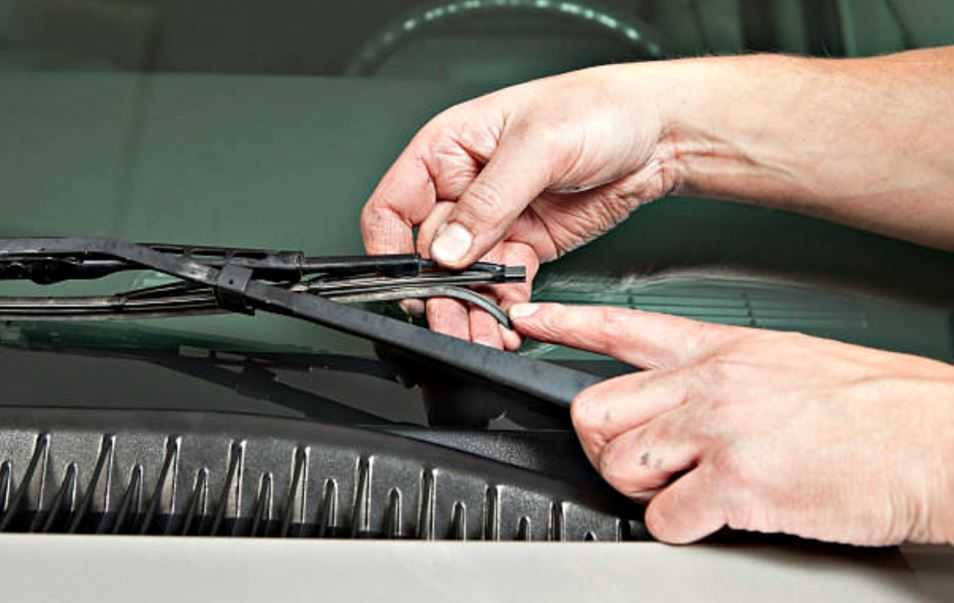
When it’s raining or snowing, your car’s windscreen wipers keep you safe by allowing you to see the road ahead. But they lose their potency over time as they deteriorate. Replace your wiper blades if you see streaking, skipping or smearing. Check your wiper blades frequently. Every six months to a year, or as advised by the manufacturer of your car, wiper blades should be changed.
10. Verify Your Lights

The lights on your car are crucial for visibility and safety, both for you and other motorists. Regularly inspect each of your lights, including the parking lights, turn signals, brake lights, and taillights. Make sure that all the lights are clean and correctly aligned, and replace any burned-out or dim bulbs.
11. Wax And Clean Your Vehicle

In addition to keeping your automobile looking excellent, routine washing and waxing also help shield the paint and body from filth, sludge, and rust. Use a premium car wash soap and a soft sponge or mitt to wash your car every two weeks or as needed. Apply wax to your automobile after washing it to protect the paint and give it a glossy shine. After that, pat it dry with a fresh towel.
12. Keep A Log Of Repairs

A smart approach to keep track of the work you’ve done on your automobile and make sure you’re keeping up with routine maintenance is to keep a maintenance diary. Include any notes or suggestions from the mechanic along with the date, mileage, and kind of service that was completed. You can stay organised and make knowledgeable choices regarding your car’s maintenance requirements with the aid of this.
13. Check Warning Lights

Take a look at the dashboard to see if any warning lights are on. Depending on the make and model of the car, the warning lights can include those for the brakes, engine, oil pressure, battery, airbag, and oil pressure. If you see a warning light, pay attention to it and deal with the problem right away. While some warning lights may be less alarming, others may signal a significant issue that needs quick care. In any event, it’s best to have a qualified mechanic identify and resolve the problem.
14. Check The Owner’s Manual
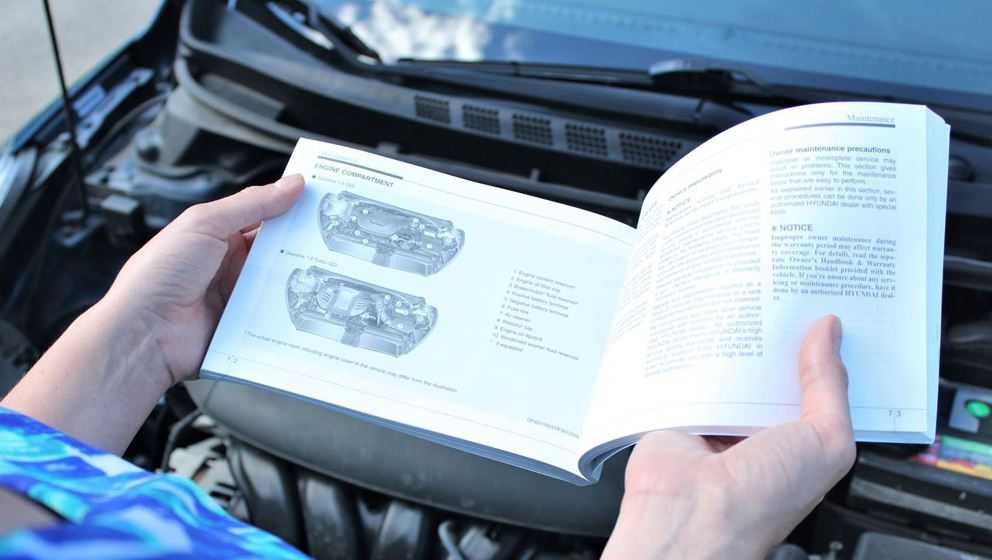
If you’re not sure what a warning light means, check the owner’s manual. Each warning light’s description and what to do when it illuminates will be included in a separate section. Although the warning lights section may have a different name depending on the manual, it is typically near the beginning and simple to identify using the table of contents. If you are unfamiliar with some of the technical terms used in the handbook, make notes or highlight the relevant passages so you can later refer to them.
In conclusion, routine auto maintenance is necessary to keep your automobile in top operating condition, increase its lifespan, and guarantee your safety while driving. You may become a responsible car owner and avoid future expensive repairs by using the advice provided in this beginner’s guide to car maintenance. Keep in mind to frequently check your oil level, check your tyres, change your air filter, and do other simple maintenance jobs. It is always a good idea to take your car to a qualified mechanic for inspection and repair if you are uncomfortable handling any of these activities yourself. Your car can give you many years of safe and fun driving if you take care of it properly.
Frequently Asked Questions
The Beginner’s Guide to Car Maintenance and Repair can help who?
The manual is intended for everyone who owns a car and wants to discover how to care for and fix it on their own. Additionally, it can be helpful for those who desire to perform their own auto maintenance in order to save money.
Can I diagnose and repair serious automotive issues using the Beginner’s Guide to Automotive Maintenance and Repair?
Although the manual can be helpful for identifying and resolving small auto issues, it is not advised to utilise it as your only source for significant auto repairs. The best course of action in these situations is frequently to consult a qualified mechanic.
How frequently should I conduct routine auto maintenance?
Depending on the brand and model of your car as well as the road conditions, different fundamental car maintenance procedures should be performed at different intervals. The owner’s manual for your vehicle contains recommended maintenance regimens.
Can I learn how to change my own oil using the Beginner’s Guide to Car Maintenance and Repair?
The basics of changing the oil are covered in the guide, including how to remove the old oil, replace the oil filter, and add new oil.
I don’t know a lot about cars, is it safe to work in my car?
Beginners can safely perform simple car maintenance activities, but it’s still wise to exercise caution and consult an expert for help if you have any questions.
What are the signs that my car needs new brakes?
A squeaking or grinding sound when braking, a soft or spongy brake pedal, or a longer stopping distance are all indications that your automobile may require new brakes.
How can I determine if the battery in my car is dead?
The inability of the vehicle to start, low headlights or interior lights, and a clicking sound when turning the key are all indications of a dead battery.
Can I learn how to change my car’s air filter using the Beginner’s Guide to Car Maintenance and Repair?
The basics of changing an air filter are covered in the book, including where to look for the old filter, how to remove it, and how to replace it.
Can I learn how to jump-start my car using the Beginner’s Guide to Car Maintenance and Repair?
The basics of jump-starting a car are covered in the guide, including how to connect the jumper wires and start the vehicle.
How can I know whether the spark plugs in my automobile need to be changed?
Rough idling, decreased engine performance, and trouble starting the car are indications that your car’s spark plugs may need to be replaced.
https://youtu.be/fniARpebf1s

